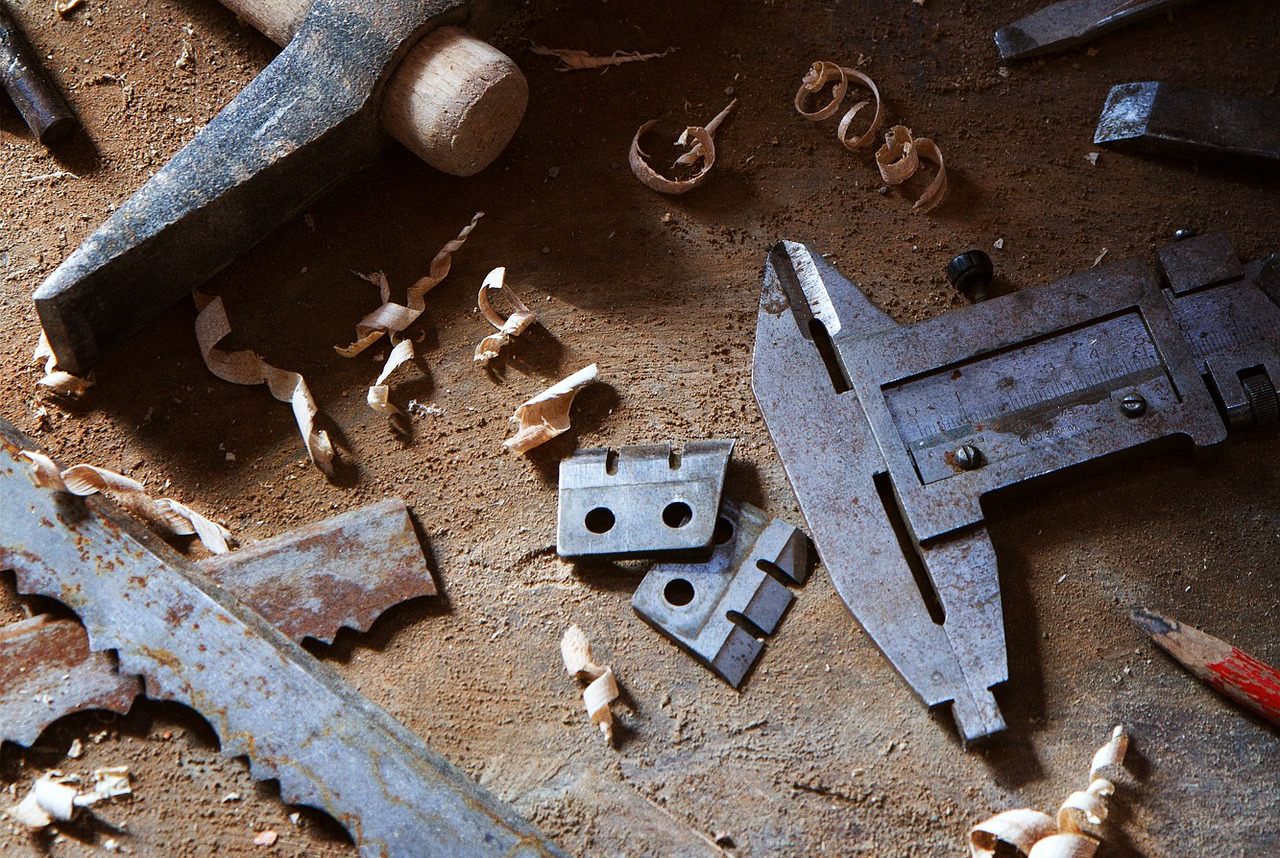The Cove Joint

The Cove joint is a type of woodworking joint that is used to join two pieces of wood at a right angle. The joint gets its name from the “cove” shape that is created when two pieces of wood are joined together. One of the most common ways to create a cove joint is by routing a concave shape on the edge of one piece of wood, which will then fit snugly into a convex shape routed into the edge of the other piece of wood.
Cove joints, also known as “hollow” or “dado” joints, are a type of joinery that is characterized by a concave cut that is made on the end of one piece of wood, which then fits snugly into a matching convex cut that has been made on the end of another piece of wood. This type of joint is known for its ability to provide a smooth and seamless look, as well as a strong and durable connection.
When working with cove joints, it’s important to pay attention to the details in order to avoid making mistakes and so achieve a good fit. You should take into account the thickness and width of the wood being used, as well as the depth and angle of the cuts that need to be made. For example, when creating a cove joint for a rail and stile, you will need to ensure that the cuts made on the rail are exactly the same as the cuts made on the stile so that they fit together perfectly.
Where A Cove Joint Is Used
One of the advantages of the cove joint is that it can be used on a wide range of different types of wood, including hardwoods, softwoods, and plywood, making it a versatile option for a variety of different projects. In addition, it can be used to join different types of wood together, providing a great alternative to traditional joints such as mortise and tenon joints or dowel joints.
Materials and Tools Required
- Two pieces of wood to be joined
- Wood glue
- Router or table saw
- Router bit or saw blade
- Clamps or other clamping devices
- Chisels or sand paper
- Measuring and marking tools
- Safety goggles, dust mask and hearing protection